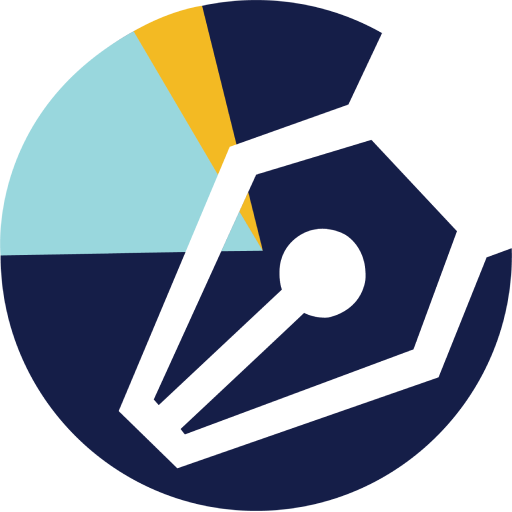Unveiling Narratives Part I: A Comparative Analysis of Storytelling in Books and Data
Storytelling is a timeless art that transcends mediums, weaving tales that captivate hearts and minds. In the realm of literature, authors use words to create worlds and characters that resonate with readers. Conversely, in the data-driven age, storytelling with data has emerged as a powerful tool for conveying information and insights. To explore the similarities and differences between storytelling in books and storytelling with data, we can draw inspiration from Kurt Vonnegut’s three basic storylines.
Vonnegut, the acclaimed author, outlined three archetypal story shapes: the Man in a Hole, the Cinderella story, and Boy Meets Girl. These timeless structures, when examined in the context of both books and data, reveal intriguing parallels.
Man in a Hole: The Narrative of Struggle and Redemption
In literature, the Man in a Hole storyline encapsulates the protagonist’s journey through adversity and eventual triumph. This is mirrored in data storytelling by narratives that unfold through challenges, setbacks, and eventual resolution. For instance, a business report might depict a company facing financial challenges (the hole) and subsequently implementing strategic changes (the climb out of the hole). Both mediums leverage tension and resolution to engage audiences emotionally.
Cinderella Story: The Transformational Arc
The Cinderella story, characterized by a rise from rags to riches, resonates with readers and viewers alike. Similarly, in the realm of data, storytelling often involves transformational arcs where raw data evolves into meaningful insights. The data might start as disparate and chaotic (the rags) but, through analysis and visualization, it transforms into a compelling narrative (the riches). Both literature and data storytelling capitalize on the appeal of transformational journeys.
Boy Meets Girl: The Classic Connection
The Boy Meets Girl storyline is a classic tale of love and connection. In literature, it’s a narrative thread that explores the dynamics of relationships. In data storytelling, this can be likened to the correlation between variables. When data points “meet” and form connections, patterns emerge, leading to valuable insights. Both convey the universal human experience of finding and understanding relationships, whether between characters in a book or variables in a dataset.
The Power of Emotional Engagement
Across both storytelling realms, the power of emotional engagement is paramount. Books elicit emotions through character development and plot twists, while data storytelling achieves emotional resonance through relatable insights and impactful visualizations. Whether it’s the empathy felt for a literary character or the aha moment when data reveals a hidden truth, emotions enhance the impact of the narrative.
The Role of Structure and Pacing
Both books and data stories benefit from thoughtful structure and pacing. In literature, the arrangement of chapters and the timing of revelations contribute to the narrative flow. Similarly, in data storytelling, the arrangement of information and the pacing of insights play a crucial role. The art lies in keeping the audience intrigued, revealing information at the right moments, and maintaining a coherent structure.
Visual Storytelling: Bridging the Divide
While traditional literature relies on words to paint vivid pictures, data storytelling leverages visualizations to convey complex information. However, the underlying principle remains the same: the need to engage and communicate effectively. Whether through evocative prose or compelling charts, both mediums aim to transport the audience into the heart of the narrative.
Storytelling in books and data may seem like disparate worlds, but the common threads woven by Vonnegut’s archetypal storylines bind them together. The universal themes of struggle, transformation, and connection resonate across both mediums, showcasing the enduring power of storytelling to inform, entertain, and inspire. Whether turning the pages of a novel or deciphering a data visualization, the essence of a well-told story captivates our imagination and fuels our quest for understanding.
To Learn more about how to create interactive bank statements, contact us.
Dr. Rado

